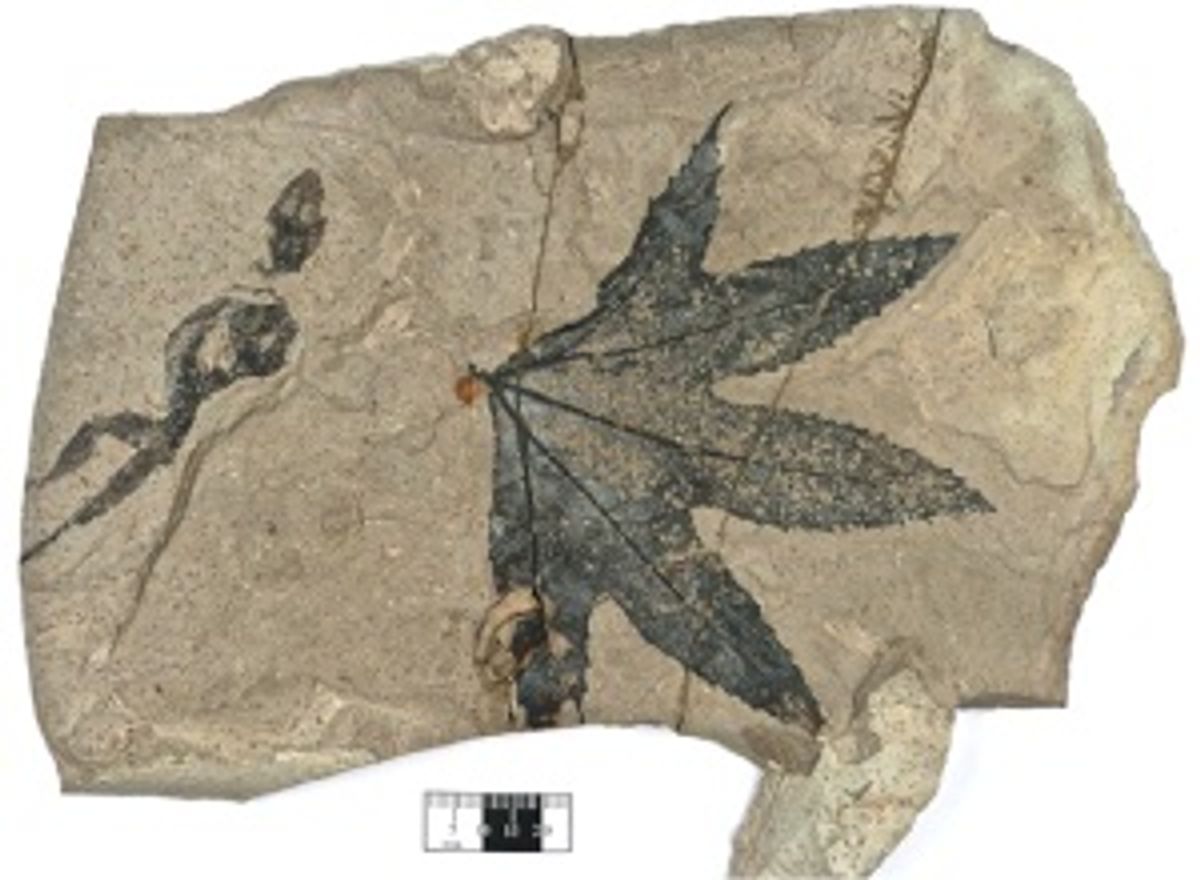A souped-up x-ray scanning fluorescence technique is letting paleontologists peer into the chemical hearts of ancient fossils to reveal hidden details and change the way we see animals that lived and died tens of millions of years ago.
The research—by Manchester’s Nicholas Edwards and other member’s of lead investigator Phillip Manning’s “Chemical Ghosts” team—took advantage of new facilities at the Stanford Synchrotron Radiation Lightsource (SSRL). The system includes a beefed-up x-y rastering stage that quickly steps big samples (measuring up to one meter square and weighing as much as 50 pounds) through increments of 80 to 100 micrometers. While scans like this have been done before, the Stanford SRS-XRF covers about two square centimeters a minute—some 3000 times faster than previous systems (which managed about one square centimeter a day). The SRS-XRF can also examine much larger regions—up to 60 by 30 centimeters—than previous instruments. Thus, paleontologists can for the first time thoroughly examine macroscopic fossils of significant size. The SRS-XRF can scan in two regimes: a high-intensity, high-energy beam delivering 1010 to 1011 photons per second at either 12 or 13.5 kiloelectron volts stimulates emissions from heavier elements like calcium, barium, manganese, iron, copper zinc, and nickel; and a lower-energy beam of about 109 photons per second at about 3 keV detects lighter silicon, phosphorus, sulfur, and chlorine.
SRS-XRF scans for copper and sulfur clearly showed the outlines of the scales, but the surprise came from the scans for phosphorus (shown above right). The maps of emissions from the lizard’s head showed two dotted lines—showing what were once the lizard’s teeth. (The red outlines show teeth from one jaw; the blue show teeth from the other; it is no possible yet to say which is the upper and which the lower.) Just as dental x-rays help modern forensic examiners identify a body, the unconventional SRS-XRF maps make it easier to narrow down the fossil. (For the taxonomically inclined, it appears to be a shinisaurid, possibly related to Bahndwivici ammoskius.)
For more on the analysis of ancient fossils, see Manning’s blog, Dinosaur CSI.
Images: Phillip Manning, School of Earth, Atmospheric & Environmental Sciences, University of Manchester, Manchester, U.K.
Douglas McCormick is a freelance science writer and recovering entrepreneur. He has been chief editor of Nature Biotechnology, Pharmaceutical Technology, and Biotechniques.





